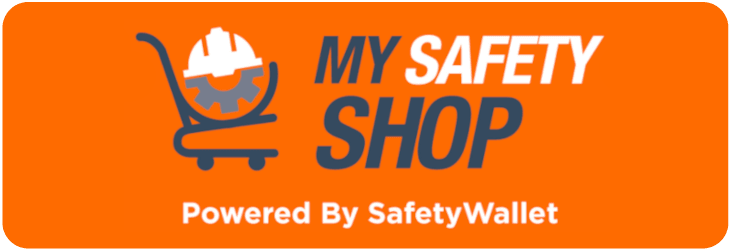Practical Health & Safety Steps for Employers in an Office Environment
Introduction
The office environment may not comprise of a lot of manual labour as that which can be found in other industries. However, this does not mean that office health and safety is not important, as there are still injuries which can occur, which the employer can be liable for should there be non-compliance with the Occupational Health and Safety Act 85 of 1993.
Why should employers take office health and safety seriously?
The most important asset of any legitimate business is its employees. The OHS Act forces employers to ensure that work environments are healthy and safe for employees and visitors to the premises.
It further requires that employees also safeguard their own health & safety, along with that of those working around them.
The costs involved with non-compliance is increasing as tough penalties and fines are handed to employers across all industries and sectors for breaches of OHS law. The new OHS Act Amendment Bill to be promulgated in the near future clearly indicates the new fines.
In addition to this, the costs involved with medical treatments, claims, and numerous others can dip the cash flows and balance sheets of many organisations. Therefore, there must be conceited efforts to protect employees and ensure the future of the organization by complying with all rules and regulations.
What are the employer’s duties towards office health & safety?
Under the OHS Act, all employers have a legal duty to protect the health, safety, and welfare of their employees.
The duty further extends to others who may be affected by the organisation’s activities including temporary and/or casual workers, self-employed workers, contractors, customers and clients, visitors, and other members of the public.
Furthermore, employers must ensure the following:
- Provide a workplace with is safe and without risk to the health of employees or others who visit the premises.
- Prepare and implement OHS Policies. These must be reviewed annually or if an incident occurs to ensure the policy remains relevant.
- The appointment of a ‘competent person’, who has the required OHS knowledge, OHS Training, and experience in helping the employer fulfil their legal obligations as well as stay up to date with any changes in regulation.
- Conduct a Health and Safety Risk Assessment to identify any existing or potential hazards followed by taking the necessary steps to minimize or eliminate them.
- Ensure that safe working practices are developed and implemented.
- Provide workers with all relevant information, instruction as well as training in office health & safety.
- Ensure that adequate first aid facilities are in place.
- Develop suitable emergency procedures as well as emergency evacuation in the workplace.
- Ensure that there is compliance with the relevant standards towards office temperature, ventilation, illumination, toilet, washing and rest facilities.
- Ensure that the necessary equipment is provided to conduct work and that it is effectively used and regularly maintained.
- Take the necessary steps in preventing dangerous manual handling, including the provision of manual handling aids and training, where required.
- Ensure adequate and effective recordkeeping of accidents and injuries. The reporting of these must be done correctly and promptly.
MAKROSAFE / SAFETYWALLET / MY SAFETY SHOP are in Partnership.
Most common OHS hazards in the office
There are numerous hazards present in the workplace, with the most common being slips, trips, and falls.
Slips can occur when there is an absence of friction between a person’s feet and the floor that they are walking, or standing, on. Slips can typically result from the following:
- Spillages
- Wet floors after cleaning
- Wet floors due to rain
- Footwear that lacks the proper grip, and
- Unsecured floor mats and carpeting.
Trips can occur when a person’s foot comes into contact with an object which causes them to either stumble or fall. Some common tripping hazards include, but is not limited to:
- Electrical cords and/or wires which lay across walkways.
- Open desk drawers and/or filing cabinets.
- Objects that are not stored properly and often obscure walkways.
- Loose carpeting
Falls can result from either slips or trips. It is often a term which is commonly associated with heights. Falls from any height have the potential of causing severe injury and even fatality.
What does SafetyWallet do for its subscribers?
SafetyWallet offers employers across South Africa, despite their sector, industry, size, or nature of business, with the perfect solution to OHS compliance.
With SafetyWallet, subscribers have all the assistance and support they need to improve their OHS and ensure that they are compliant with the Occupational Health and Safety Act 85 of 1993.
With SafetyWallet, subscribers can improve and maintain their OHS Programme, gain access to the necessary training to ensure that employees are competent and have the advantage of Health and Safety Compliance Audit which are conducted to measure OHS compliance and reward their subscribers.
SafetyWallet, along with its subscribers, continuously work to creating a safety, healthier, and more compliant culture in workplaces throughout the country.







Comments (1)
Nice Article
2022-12-28 13:23:31Hi Rubini Thank you for your nice feedback in comments, we really do appreciate it...
2023-01-09 08:34:48